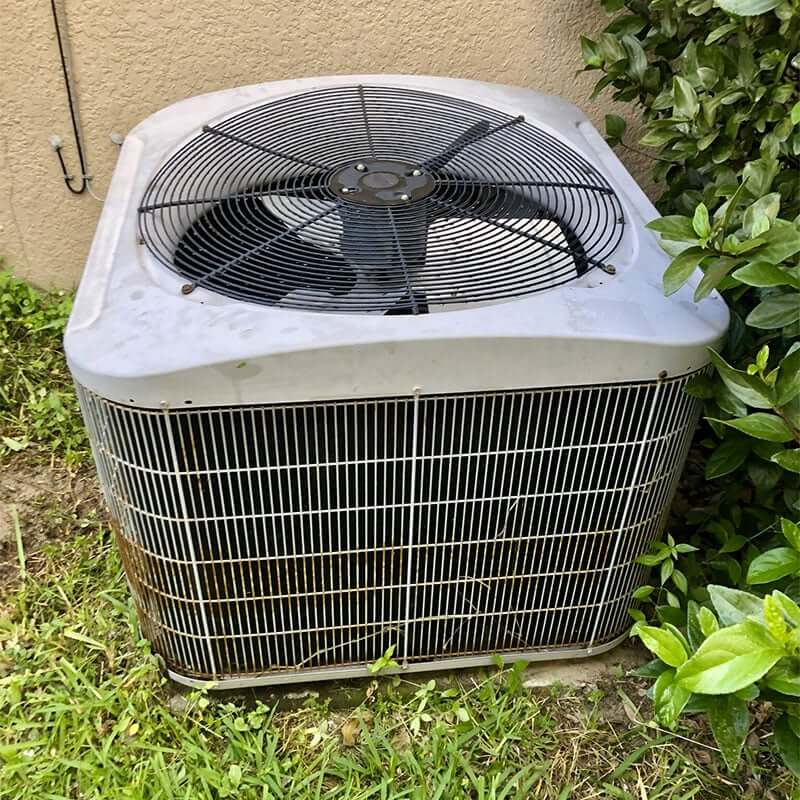Heating, HVAC, and cooling systems, commonly known as HVAC, is an essential aspect of modern life that many people often overlook. From the warm embrace of a heated home in winter to the crisp air of air conditioning during intense summers, HVAC systems play a crucial role in our comfort and well-being. The history of HVAC is a fascinating journey that showcases human ingenuity and technological advancements over the decades, transforming the way we regulate our indoor environments.
As we delve into the development of HVAC, we will examine how these systems originated, their advancement through the years, and the improvements that have shaped today's heating and cooling solutions. Whether you are a property owner looking to improve your system or a company leader seeking efficient climate control, grasping the history and function of HVAC is key to making informed decisions. Join us as we uncover the significant events in HVAC history and how they relate to the ease and effectiveness of our living and business spaces.
Comprehending Heating, Ventilation, and Air Conditioning Systems
Heating, Ventilation, and Air Conditioning, that refers to heat, ventilation, and air conditioning, is a essential system in both home and business structures. Its primary function is to offer convenience by regulating indoor heat levels, managing moisture levels, and ensuring high air quality. These systems merge various methods to enable heating during cooler seasons and cooling during summer seasons, making them necessary for year-round convenience.
The parts of an HVAC setup typically comprise a heater or boiler for warmth, an cooling unit for refreshing, ductwork for distributing conditioned air, and airflow systems to introduce clean air and eliminate stale air. Improvements in HVAC innovation have produced enhanced energy efficiency and more control over heating and cooling settings, often featuring smart technology that enables property owners and companies to optimize their energy usage and reduce expenses.
An effective HVAC setup not only boosts convenience but also is essential in upholding indoor air standards. By filtering and circulating air, these units reduce irritants and pollutants, which is notably critical for people with breathing issues. Proper knowledge and upkeep of HVAC components can lead to a safer living environment and higher performing operation, ultimately saving energy and lowering energy bills.
Heating, Ventilation, and Air Conditioning Care and Efficiency
Consistent upkeep of your HVAC system is vital for maintaining its effectiveness and longevity. A properly cared for system not only operates more efficiently but can also lead to substantial savings on power bills. Basic care tasks include swapping air filters on a regular basis, cleaning air passages, and monitoring the thermostat settings. By keeping these components in good condition, you can eliminate unnecessary strain on the equipment, which often results in high repairs and excessive energy use.
In addition to regular upkeep, periodic maintenance is key for optimizing your equipment's performance. Fall and spring are perfect times to book expert tune-ups, as these seasons typically involve shifting between warm and cooling modes. Technicians can evaluate various aspects, such as coolant amounts, electrical wiring, and motor operations, guaranteeing that your system works smoothly when it is essential the most. Neglecting these periodic check-ups can lead to surprising breakdowns when weather spike or drop.
Boosting the performance of your HVAC equipment can also be achieved through smart technology and upgrades. Using a programmable thermostat provides better temperature control according to your routine, cutting energy consumption when you are not home. Moreover, explore investing in energy-efficient appliances or segmented heating and cooling solutions. Over time, these improvements can greatly boost system efficiency, reduce your carbon footprint, and lead to significant cost savings on utility bills.
Breakthroughs in HVAC Technology
The HVAC industry has seen significant technological advancements over the decades, leading to improved effectiveness and improved comfort for users. web link are a key advancement, allowing homeowners to control their HVAC systems via smartphone apps. These devices understand user preferences and modify settings without input, resulting in lowered energy use and decreased monthly expenses. Additionally, integration with smart home technology enables easy control of HVAC alongside other smart home devices, enhancing overall convenience.
Another breakthrough in HVAC solutions is the creation of variable refrigerant flow systems. These systems enable accurate temperature control and efficient operation by modifying the amount of refrigerant flowing to the inside components based on demand. This adaptability not only improves comfort but also considerably lowers energy usage compared to older systems. Developments in mini-split technologies have made temperature regulation more accessible for houses without existing ductwork, allowing for personalized climate control in specific spaces.
Geothermal HVAC solutions represent another cutting-edge solution in HVAC innovations. By harnessing the earth's stable underground temperature, these systems can provide efficient heating in the chilly season and cooling in the hot months, often with significant energy savings. The upfront costs may be more, but the long-term benefits include reduced utility costs and a reduced carbon footprint. As technology continues to advance, HVAC systems are becoming more advanced, even more efficient, and more aligned with sustainable practices, defining the next generation of HVAC solutions.

